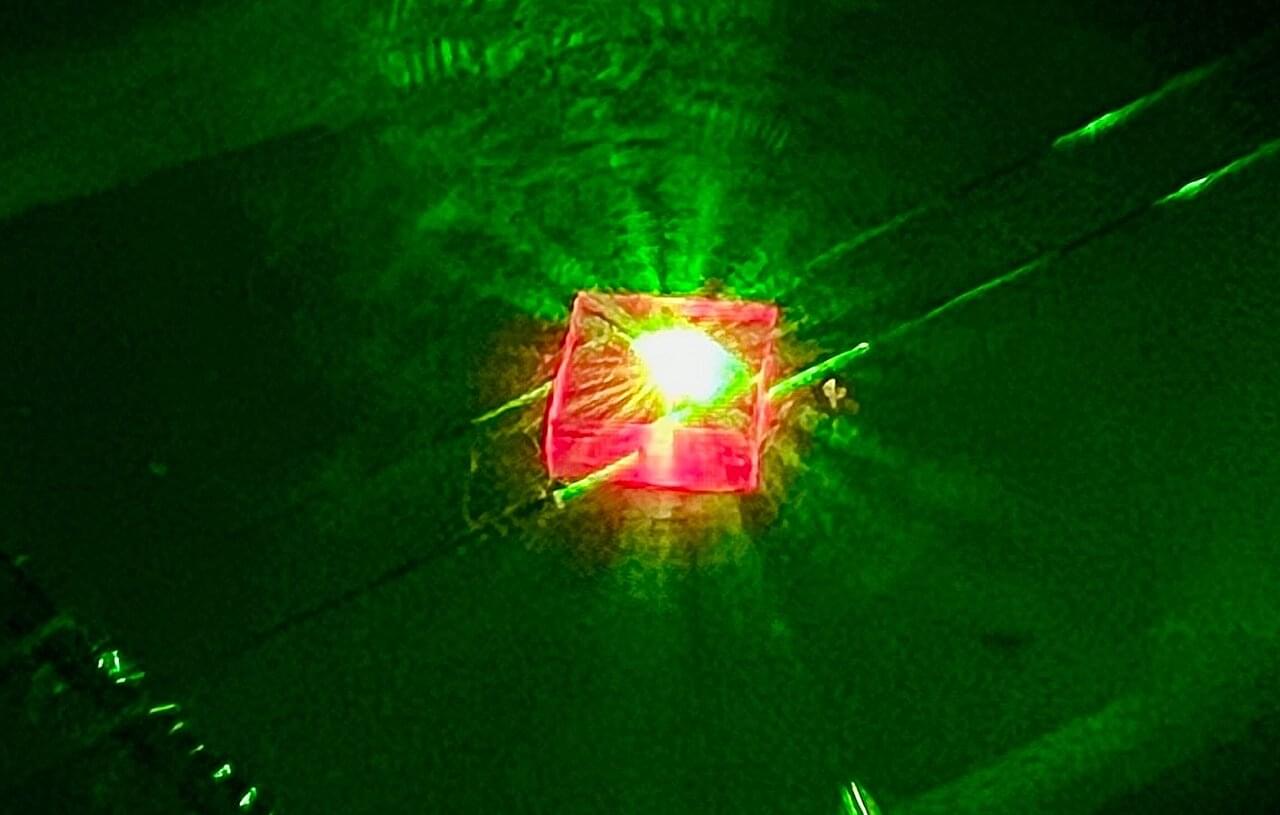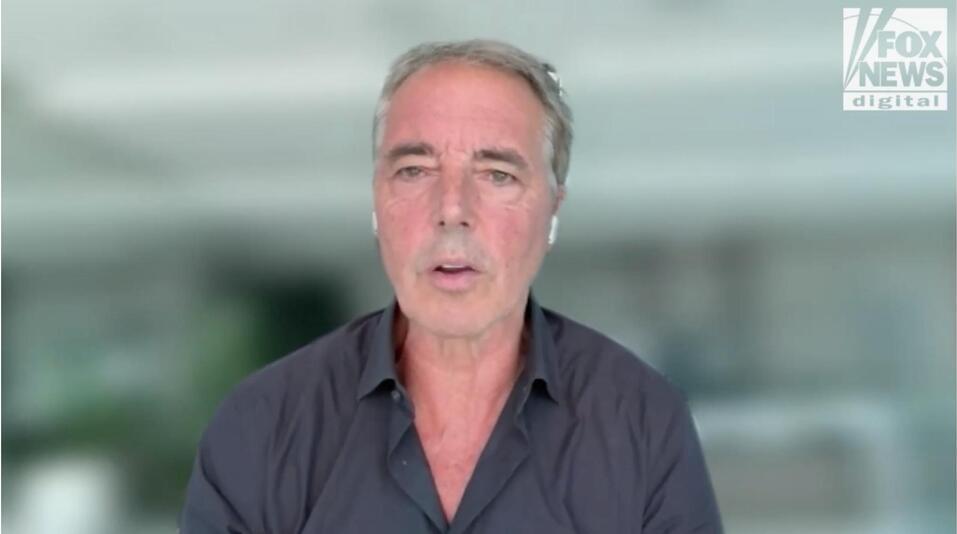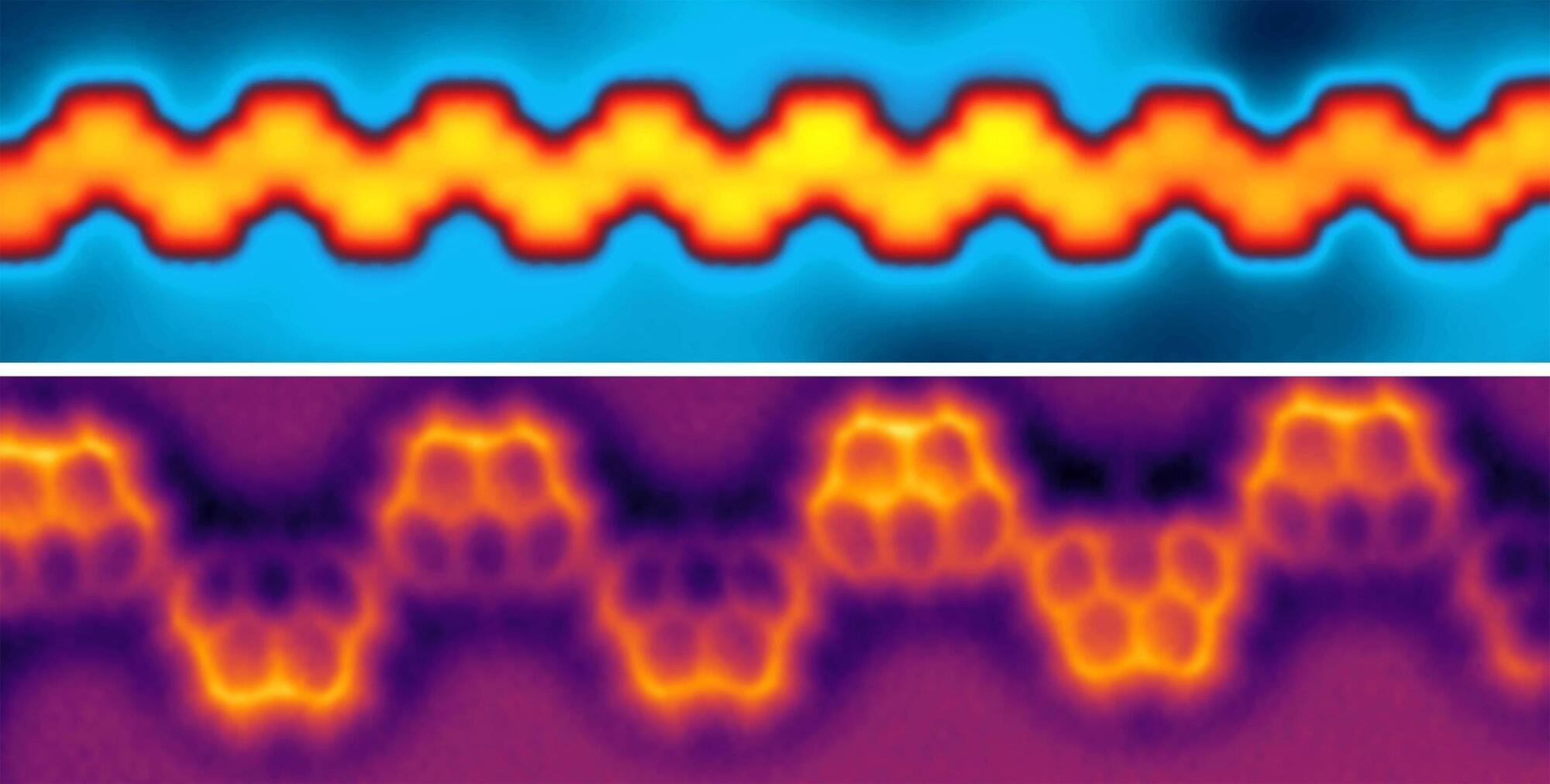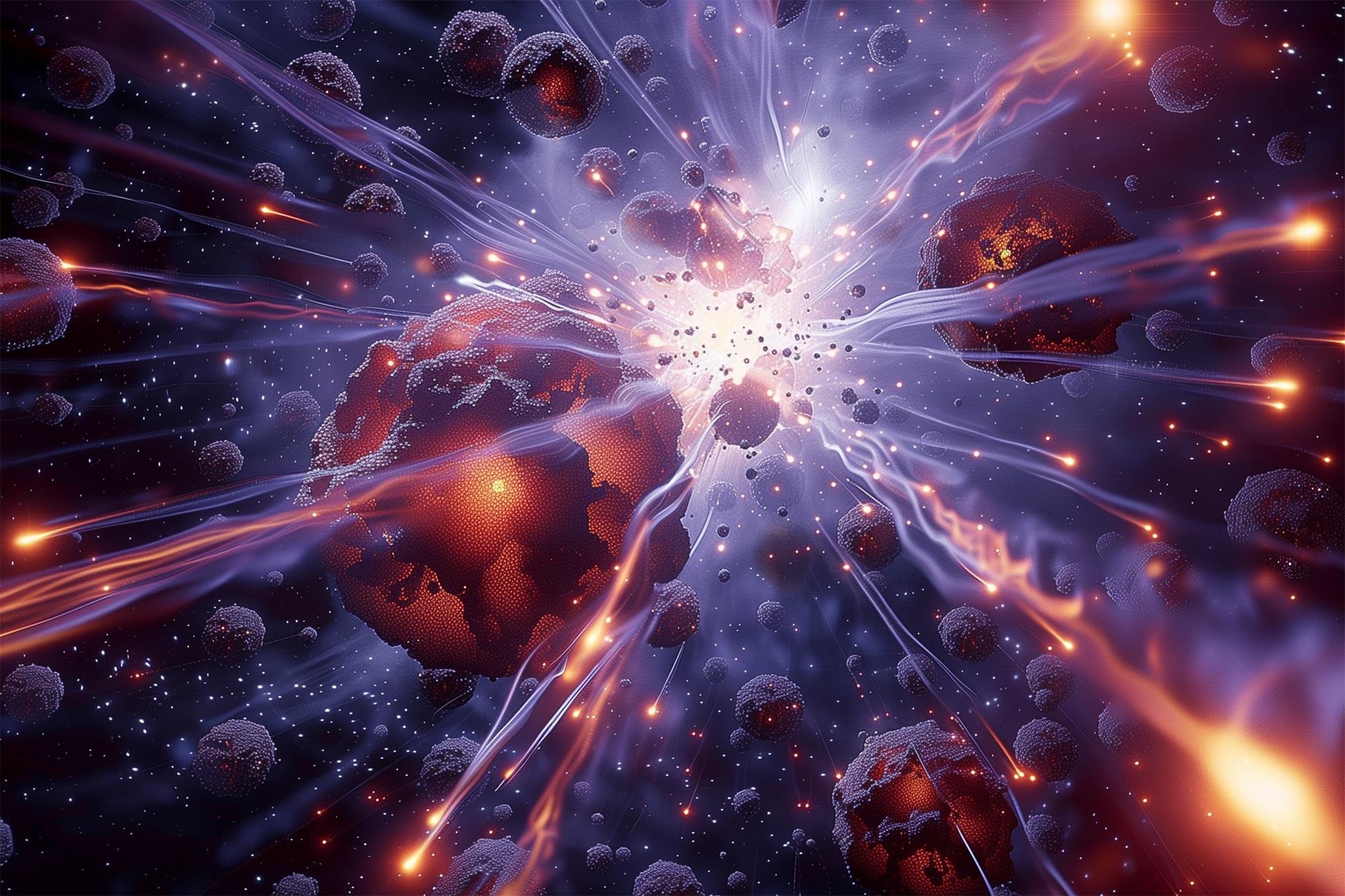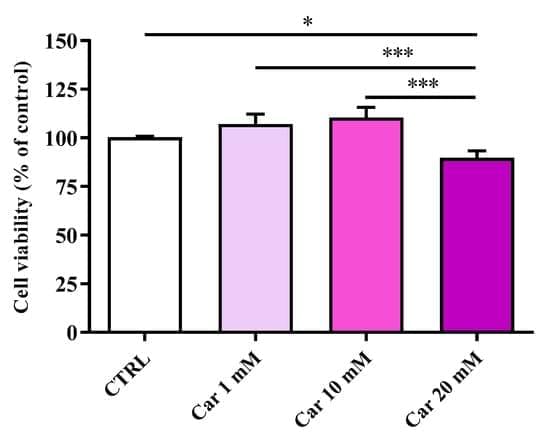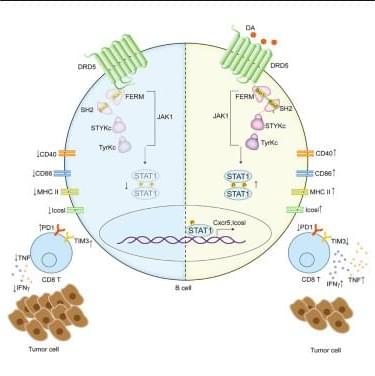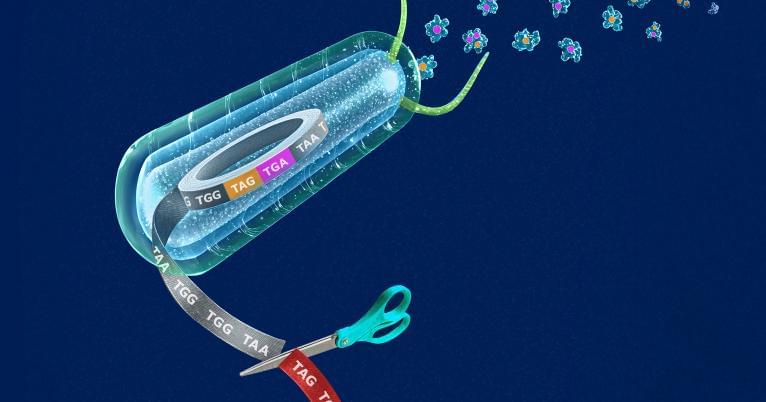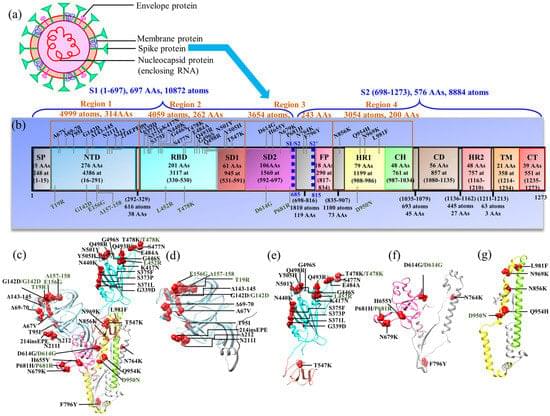In their ongoing efforts to push the boundaries of quantum possibilities, physicists in Arts & Sciences at Washington University in St. Louis have created a new type of “time crystal,” a novel phase of matter that defies common perceptions of motion and time.
The WashU research team includes Kater Murch, the Charles M. Hohenberg Professor of Physics, Chong Zu, an assistant professor of physics, and Zu’s graduate students Guanghui He, Ruotian “Reginald” Gong, Changyu Yao, and Zhongyuan Liu. Bingtian Ye from the Massachusetts Institute of Technology and Harvard University’s Norman Yao are also authors of the research, which has been published in the journal Physical Review X.
Zu, He, and Ye spoke about their achievement and the implications of catching time in a crystal.
